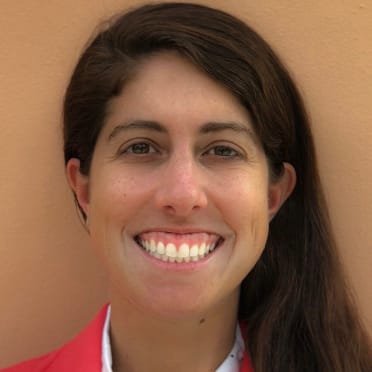This story was excerpted from Christina De Nicola's Marlins Beat newsletter. To read the full newsletter, click here. And subscribe to get it regularly in your inbox.
MIAMI -- All Marlins rookie catcher Agustín Ramírez has done is rake during the early stages of his big league career. Surprisingly, the moments he looks back on most fondly don’t involve his potent bat.
When Marlins right-hander Max Meyer struck out a career-high 14 batters on April 21, he did so with Ramírez behind the dish. When righty Edward Cabrera fanned a season-high 10 hitters across 5 2/3 frames on Sunday, he didn’t shake off Ramírez once.
The 23-year-old Ramírez, MLB Pipeline’s No. 97 overall prospect and No. 4 in the Marlins’ organization, is a work in progress behind the plate, in particular when it comes to blocking pitches and throwing out runners. But he also has put in countless hours to improve his game calling.
“It's special because I want to talk with the guy,” Ramírez said. “It's the plan, and before the game, and running the game, and what pitch is the best for this hitter in the moment. When I am behind the plate, I see what pitch, the necessary movement and executing the right way.
“It's very, very important, because I think it's the most important [thing] in the game [for a catcher]. Because once you have that control of the pitcher, you want to do it for him, to have a perfect outing and help the team win.”
Some of Ramírez’s progress is a credit to an organization-wide strategy the Marlins have implemented across the Minor Leagues: Coaches signal for specific pitches that are then executed by the pitchers and backstops.
Ramírez remembers the lower levels of the Yankees’ farm system doing something similar in 2021. Even if the catcher wasn’t calling pitches, he would get together with the pitching staff before, during and after games to understand why certain pitches were being called and learn from it.
“That was an organizational decision,” Marlins catching coach Joe Singley said. “I think the premise behind that is to try to develop as much as we can the instruction of pitch calling. I know firsthand in Triple-A, Gus came up, and I think the first game, Meyer punched out 14. That’s obviously a great job. Gus called those pitches. So I think they're using it as an opportunity to help develop pitch calling.
“In Triple-A, sometimes the coaching staff will call the pitches, and half the time Gus would. And they use it as an opportunity to help develop him and instruct him on preparation in game, what they're seeing, how to respond to hitters, to feel what he has this day, what he doesn't have, all the little nuances there. And just kind of use it as an opportunity to help develop those skills.”
Director of player development Rachel Balkovec overlapped with Ramírez in the Yankees’ organization, and she distinctly remembers conversations with him and the pitching coach about this. Miami electing to go down that route is independent of that experience, though.
The idea isn’t that the pitching coach is all knowing and the catcher isn’t capable of calling games, rather this is a way to achieve objective measurements. Balkovec believes that this system not only helps the development of catchers but also the pitchers.
“Sometimes it's an emotional thing, the catcher and pitcher out there working to try to get somebody out. But in fact, there's a better pitch we could throw. Or, from a development standpoint, there's a pitch we want you to throw that you're not as comfortable with, but you don't want to throw it because you're in a tough situation trying to get a guy out,” Balkovec said. “And you just throw what you're the most comfortable with, as opposed to what you might need to work on.”
